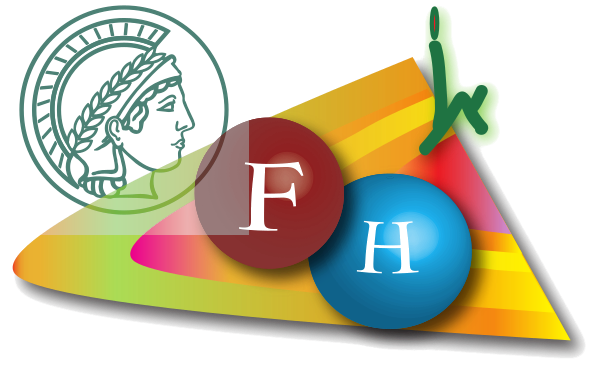
Graph theory and the rovibrational energies of molecules
Attila G. Császár, Institute of Chemistry, ELTE Eötvös Loránd University, Budapest Hungary
Abstract
Theory has been offering a number of tools to decipher the full information content of measured high-resolution molecular spectra, containing signatures about the structure, energetics, and dynamics of molecules of arbitrary complexity via spectral positions, intensities, and lineshapes. As it turns out, besides the machinery that quantum chemistry is able to offer, graph (network) theory also provides instruments which prove to be highly useful to understand and model spectra of both semirigid and fluxional, even quasistructural molecules and obtain, for example, empirical rovibronic energies with provenances and statistically significant uncertainties. It is interesting to observe how another field of mathematics, this time graph theory finds its place in the theoretical toolbox of chemists.
As to our understanding of high-resolution and precision spectra of semirigid molecules is concerned, traditionally the tools provided by quantum theory, namely approaches building upon the rigid rotor and harmonic oscillator models have been used. In the start of the fourth age of quantum chemistry these approaches were supplemented with sophisticated variational techniques, so that all bound and resonance quantum states could be investigated. As it turns out, the accuracy of modern laser measurements, like those of Doppler-free saturation techniques, cannot be even approached by approximate quantum-chemical computations, the accuracy deficit can be 4-5 orders of magnitude (105 relative accuracy). The partial remedy to the problem of accuracy comes in the form of spectroscopic networks, built upon the extension of the „exact” Ritz principle; thus, spectroscopic networks are characterized by a potential difference function.
As shown in a number of studies, spectroscopic networks are not only useful to treat the hundreds of thousands of transitions measured for molecules via diverse experimental techniques but they can also be used to guide the selection of the lines to be measured by most modern laser techniques, like Doppler-free saturation spectroscopy, yielding ultraprecise transitions accurate to a kHz.
Quasistructural molecules form a very different class of molecular systems compared to semirigid ones, they are completely different in their shapes, energetics, and dynamics. A prototype of quasistructural molecules is protonated methane, CH5+. The low-energy spectrum of CH5+ turns out to be so complex at even a temperature of a few K that it is impossible to understand it with traditional spectrosopic approaches. Fourth-age quantum chemical techniques, after enormous computational effort, do provide accurate numerical data but this does not mean that we understand the states that we are able to compute. Interestingly, possibly the simplest (partial) explanation of the rovibrational states of CH5+ comes again from graph theory, this time in the form of quantum graphs. The most unusual characteristic of quantum graphs is that they are metric graphs, meaning that the edges have length. Solution to the exactly solvable quantum problem of a particle moving in a quantum graph in one dimension and without restriction (no potential) does explain the energies and the symmetries of the first 60 vibrational states of CH5+.

